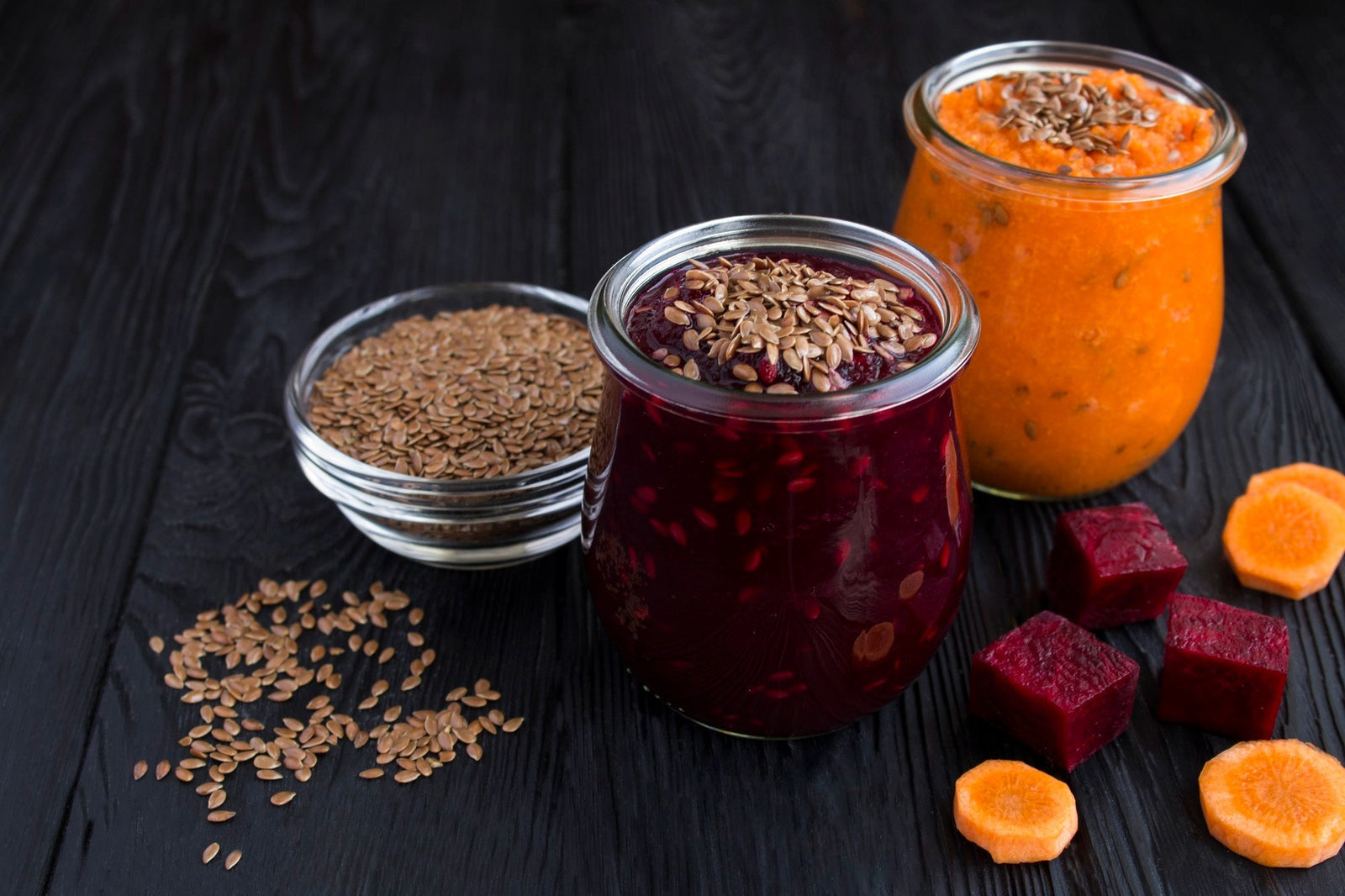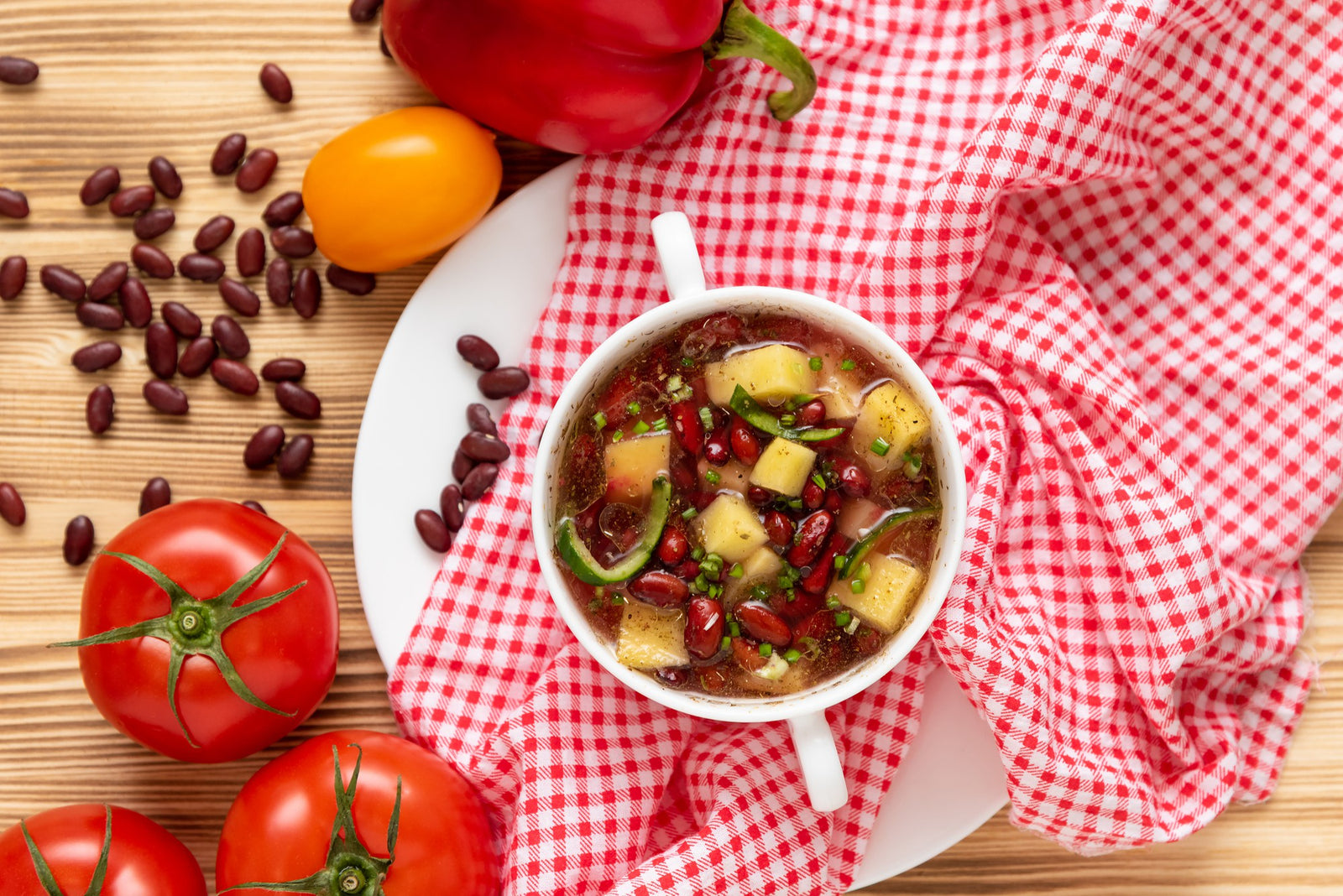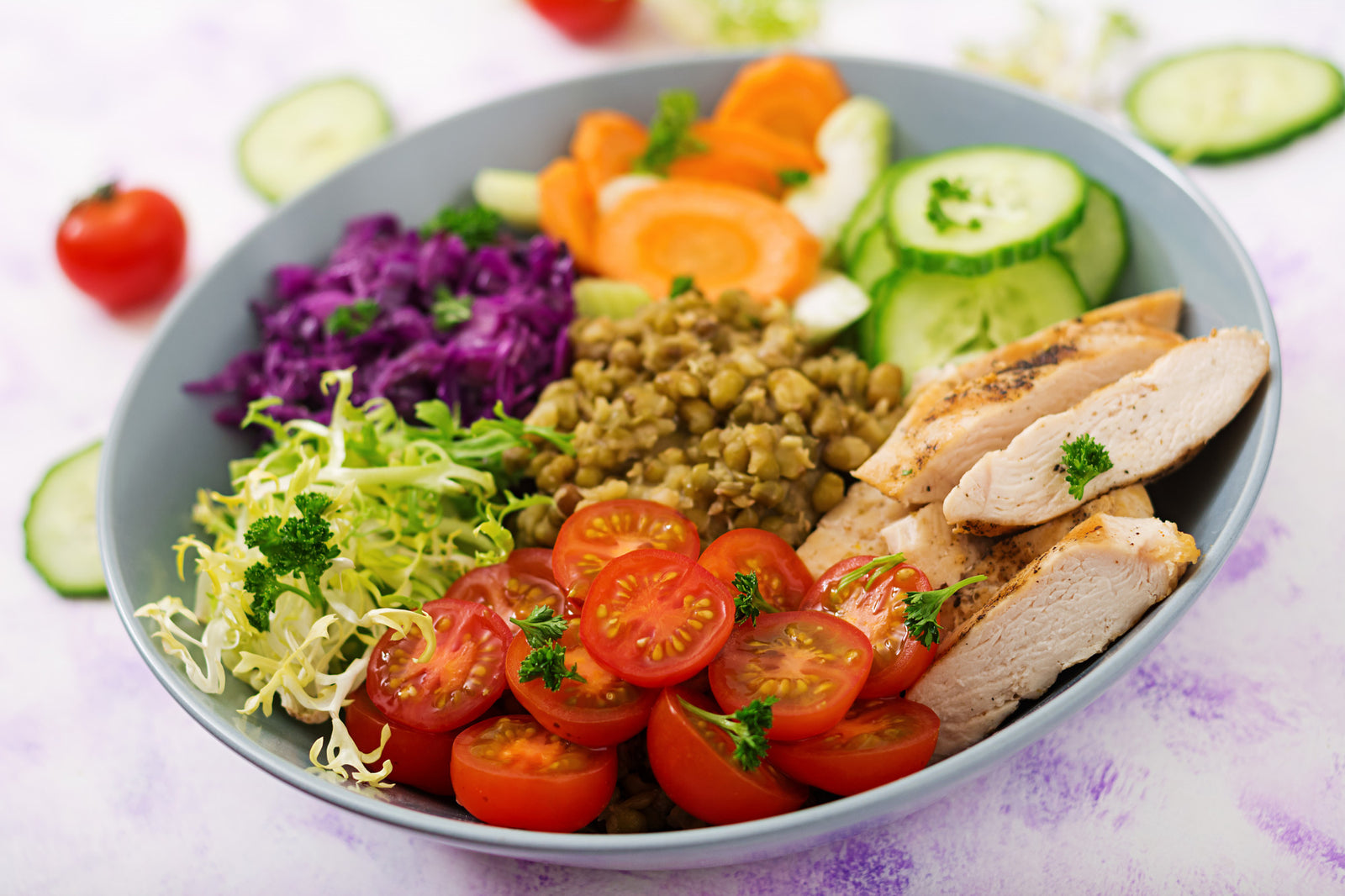
January 10, 2024 3 min read
Cooking Basmati rice to perfection requires precision and technique to achieve that fluffy, fragrant texture characteristic of this long-grain rice variety. Follow these steps to master the art of cooking Basmati rice flawlessly every time.
Step 1: Rinse the Rice
Start by measuring the desired amount of Basmati rice and place it in a fine-mesh sieve or colander. Rinse the rice under cold running water, gently rubbing it between your fingers to remove excess starch. Continue rinsing until the water runs clear.
Step 2: Soak the Rice (Optional)
While not mandatory, soaking Basmati rice for 30 minutes before cooking can enhance its texture and help the grains cook more evenly. If you choose to soak the rice, place it in a bowl and cover it with water. Allow it to soak for the specified time, then drain well before cooking.
Step 3: Use the Right Ratio of Water
For perfectly cooked Basmati rice, the ratio of water to rice is crucial. A general rule of thumb is to use 1.5 to 1.75 cups of water for every cup of Basmati rice. Adjust this ratio based on personal preference for a softer or firmer texture.
Step 4: Boil the Water
In a pot with a tight-fitting lid, bring the measured water to a boil over high heat. You can add a dash of salt or a teaspoon of oil to the water for added flavor and to prevent the rice from sticking.

Step 5: Add the Rice
Once the water reaches a rolling boil, carefully add the drained Basmati rice to the pot. Stir gently to ensure the rice is evenly distributed in the water.
Step 6: Simmer and Cover
Reduce the heat to low, cover the pot with the lid, and let the rice simmer. It's crucial not to uncover the pot during the cooking process to ensure even cooking and fluffy grains.
Step 7: Steam the Rice
Allow the rice to simmer undisturbed for about 15–20 minutes. The exact cooking time may vary depending on the quantity of rice and your stove's heat level.
Step 8: Fluff and Rest
Once the cooking time is complete, turn off the heat but keep the lid on. Let the rice sit, covered, for an additional 5–10 minutes. This resting period allows the steam to evenly distribute, resulting in perfectly cooked, fluffy Basmati rice.
Step 9: Fluff with a Fork
After the resting period, use a fork to gently fluff the rice. This action separates the grains and prevents clumping, ensuring a light and airy texture.
Step 10: Serve and Enjoy
Your perfectly cooked Basmati rice is now ready to be served as a delicious accompaniment to your favorite dishes. Whether paired with curries, stir-fries, or enjoyed as a standalone side, savor the fragrant and fluffy goodness of well-prepared Basmati rice.

Tips for Perfect Basmati Rice
Conclusion
Mastering the art of cooking perfect Basmati rice involves a careful balance of technique, timing, and precision. By following these step-by-step instructions and tips, you can achieve flawlessly cooked, aromatic Basmati rice that elevates your culinary experience.
Unlock the full potential of this long-grain rice variety and elevate your meals with the fragrant, fluffy goodness of perfectly cooked Basmati rice.
❤ Try our USDA certified organic Brown Basmati Rice ❤
Yummy Brown Basmati Rice Recipes
Related Blogs:
Comments will be approved before showing up.

January 27, 2025 3 min read
Flaxseed, the tiny yet powerful superfood, is packed with nutrients that can support weight loss. From curbing hunger to stabilizing blood sugar, this guide dives into the science of how flaxseed can help you shed those extra pounds.

December 11, 2024 3 min read
Discover three quick and easy soup recipes featuring organic small red beans. From a classic vegetable soup to a creamy potato blend, these wholesome recipes are perfect for chilly days and busy weeknights. Packed with flavor and nutrition, these soups will warm your heart and soul this winter!

December 06, 2024 3 min read
This vibrant and nutritious Green Lentil Salad combines tender lentils with grilled chicken, fresh vegetables, and a zesty lemon dressing. Packed with protein, fiber, and essential vitamins, it’s the perfect healthy meal for any time of day.
© 2025 Be Still Farms- Real, Fine Organics.
Privacy | Terms | Refund Policy | Organic Certification
